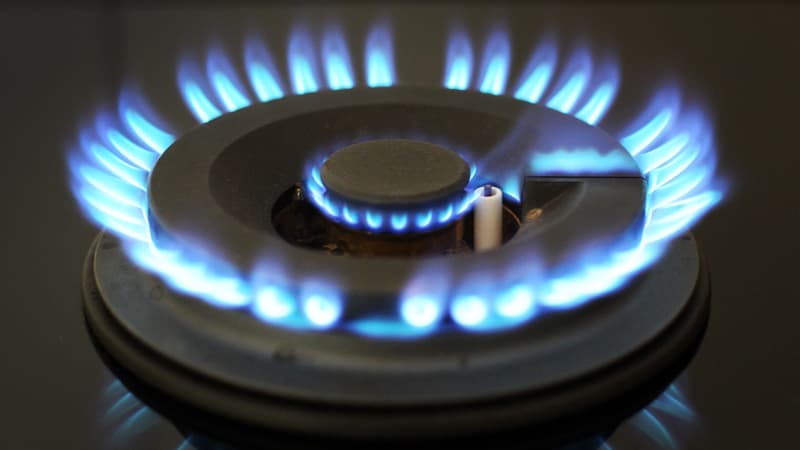For more than a week, the blockages of the methane tankers – those ships that transport liquefied natural gas (LNG) – have been blocking the Spanish ports, as if Europe could no longer absorb any more gas.
According to the operator of the Spanish gas network Enagás, this situation should continue “at least until the first week of November”.
The Dutch TTF, the European benchmark for natural gas, is currently trading near its lowest level since June. It even temporarily fell below 100 euros per megawatt hour at the end of October.
Its price has fallen more than 60% since its spike in August, following disruptions to Russian deliveries via Nord Stream pipelines that had terrified markets.
The TTF contract for spot delivery even briefly dipped into negative territory last week, for the first time since October 2019. The same is happening in the United States, where gas prices have collapsed.
These developments contrast with the stratospheric rise in gas, which reached close to €350 per MWh in Europe in March, following the start of the Russian invasion of Ukraine in February.
Since then, Europe has struggled to fill its reserves to minimize its dependence on Russia, running after alternative sources, calling crisis meetings and asking for energy sobriety.
High temperatures
The strategy has paid off, with storage levels in the EU now exceeding 90%.
“Since the first quarter of 2022, the European Union has benefited from a very strong inflow of LNG, mainly from the United States,” explain the Marex brokers.
If Marex’s Georgi Slavov says that Europe is indeed in a stage of excess gas supply over demand, “it is premature to declare victory,” he warns, however.
The current calm is the result of several favorable factors. Abnormally high temperatures for the season reduce heating needs and therefore gas.
“The economic slowdown” and “the restrictions imposed on gas consumption” are going in the same direction, argues the analyst, interviewed by AFP.
Thus, a cold winter and full-capacity industrial recovery could quickly turn the tide.
“The mainland is not out of the woods,” added Nikoline Bromander, an analyst at Rystad Energy. “As Russian flows continue to decline, the winter of 2023 will be even more difficult.”
The price of European natural gas continues to move at a very high level, more than 80% since the beginning of the year.
well known phenomena
“The price curve is not going to settle in negative territory,” Eli Rubin, of EBW Analytics Group, assures AFP.
Such a situation had already occurred with US crude, at the height of the Covid-19 pandemic, when demand had collapsed, causing supply surpluses and then a frantic race for storage.
WTI prices had then plummeted negative, investors were willing to pay not to end up with barrels on their hands.
But in gas, “we are talking about short-term imbalances between supply and demand that affect prices in the short term,” Rubin insists, especially when it comes to immediate delivery.
The same in Spain, where tanker traffic jams are a “bottleneck” but not a fundamental imbalance between supply that has become too plentiful relative to demand.
lower consumption
This phenomenon occurs “every year” as winter approaches, confirms Vincent Demoury, general delegate of GIGNL (International Group of Liquefied Natural Gas Importers), and remains located off the coast of Spain.
The country has six LNG ports, more than any other European country, where 108 ships are received every week. Spain also has 44% of the total storage capacity of the European Union, according to Enagas.
According to Mr. Demoury, the fall in gas consumption and the high stocks for the winter mean that there are no longer “slots available in Europe in November” to unload ships.
The methane tankers are thus transformed into temporary floating storage “waiting for consumers to need gas and prices to be more attractive.”
Source: BFM TV


